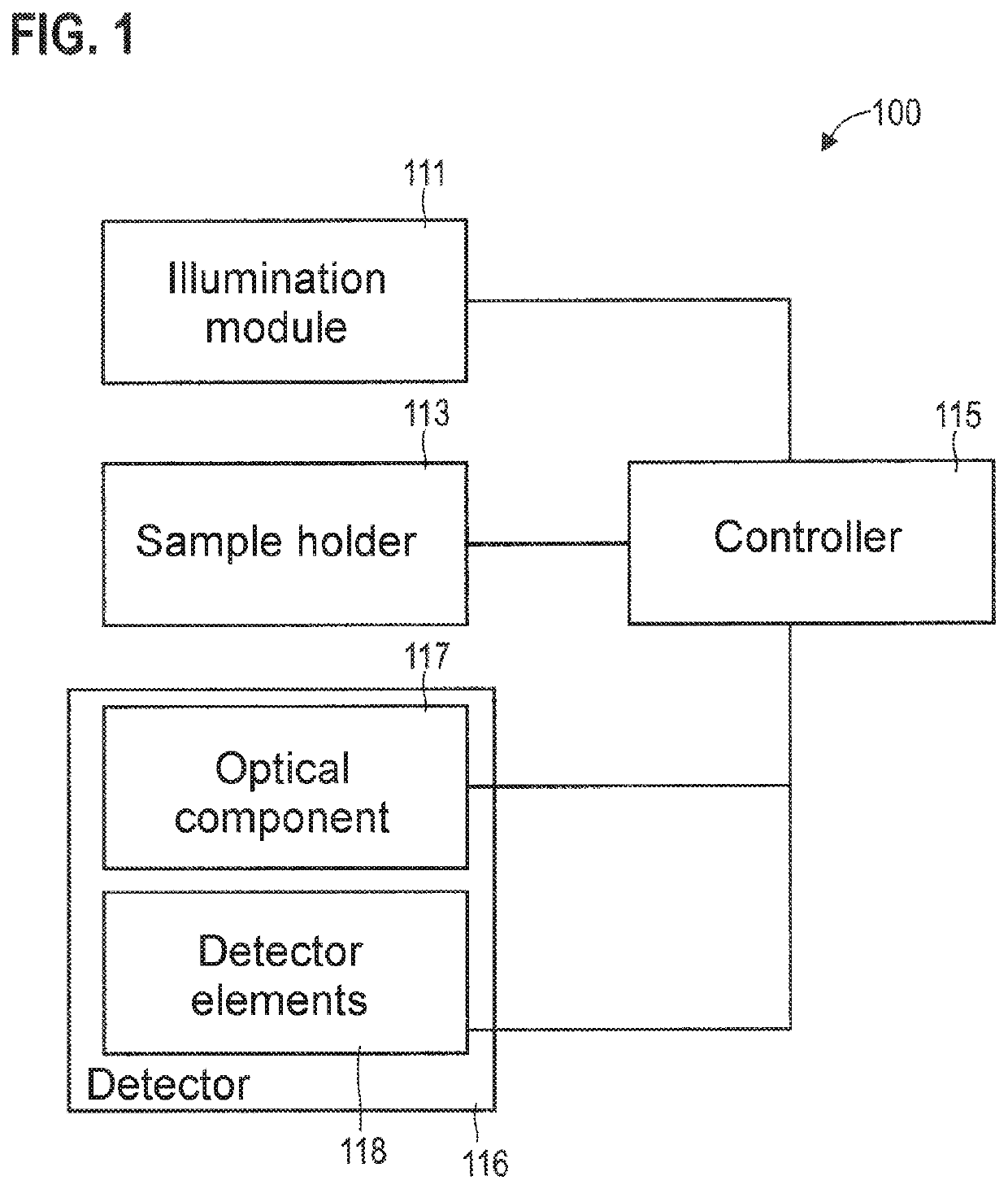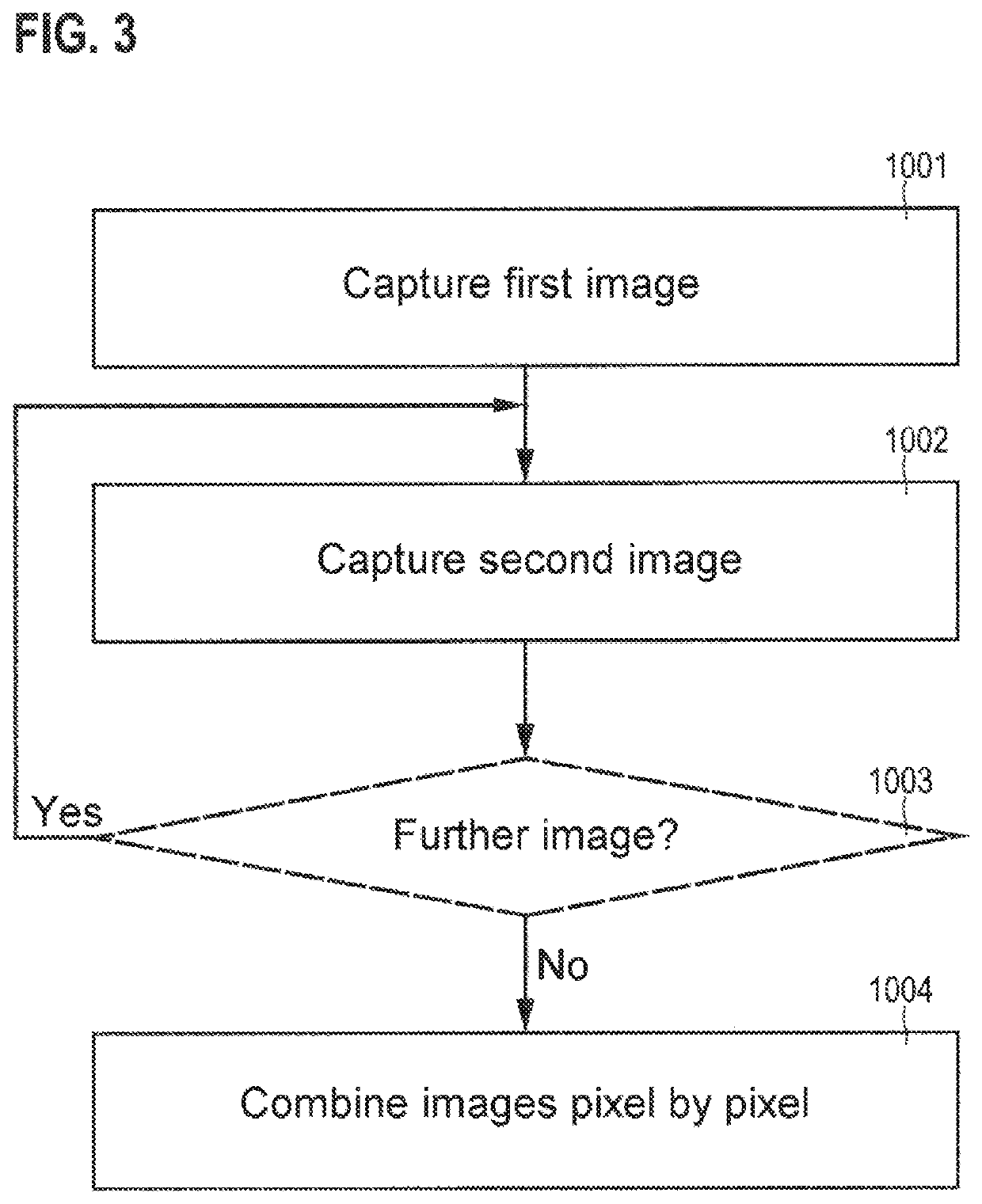Reducing image artifacts in images
- Summary
- Abstract
- Description
- Claims
- Application Information
AI Technical Summary
Benefits of technology
Problems solved by technology
Method used
Image
Examples
Embodiment Construction
[0032]The present invention is explained in greater detail below on the basis of preferred embodiments with reference to the drawings. In the figures, identical reference signs denote identical or similar elements. The figures are schematic illustrations of various embodiments of the invention. Elements illustrated in the figures are not necessarily illustrated as true to scale. Rather, the various elements illustrated in the figures are rendered in such a way that their function and purpose become comprehensible to the person skilled in the art.
[0033]Connections and couplings between functional units and elements as illustrated in the figures can also be implemented as an indirect connection or coupling. A connection or coupling can be implemented in a wired or wireless manner.
[0034]A description is given below of techniques which make it possible computationally to suppress image artifacts, that is to say in particular reflections and / or shading, during the imaging of a sample obj...
PUM
 Login to View More
Login to View More Abstract
Description
Claims
Application Information
 Login to View More
Login to View More - R&D
- Intellectual Property
- Life Sciences
- Materials
- Tech Scout
- Unparalleled Data Quality
- Higher Quality Content
- 60% Fewer Hallucinations
Browse by: Latest US Patents, China's latest patents, Technical Efficacy Thesaurus, Application Domain, Technology Topic, Popular Technical Reports.
© 2025 PatSnap. All rights reserved.Legal|Privacy policy|Modern Slavery Act Transparency Statement|Sitemap|About US| Contact US: help@patsnap.com



